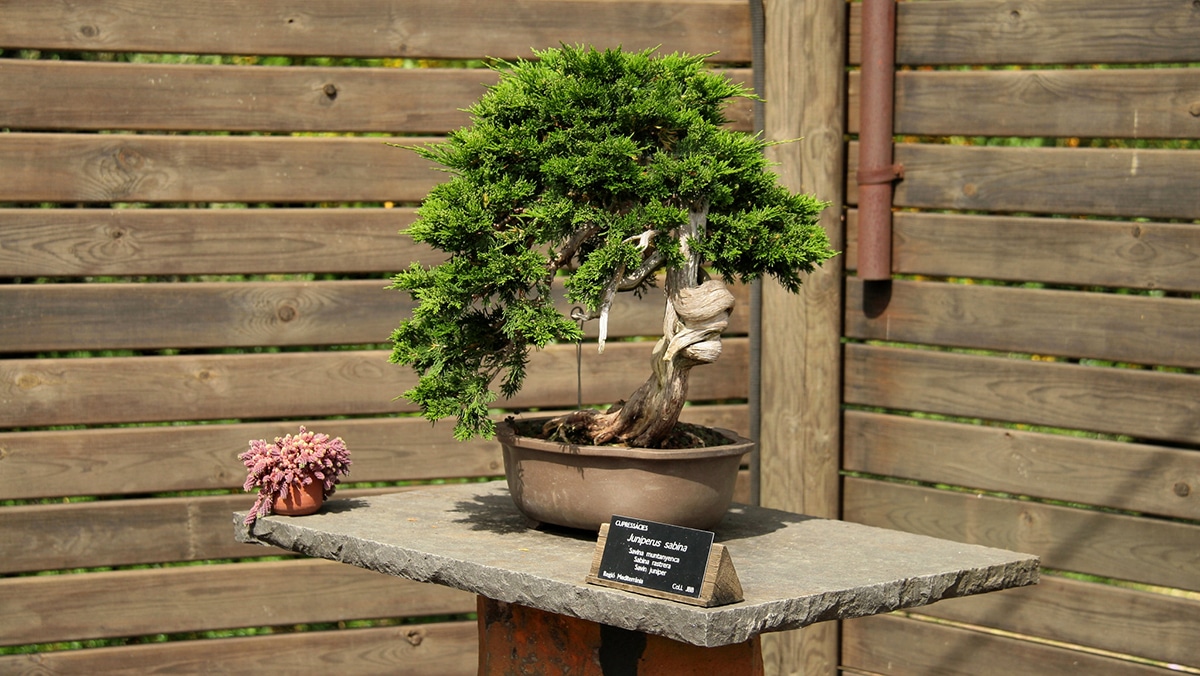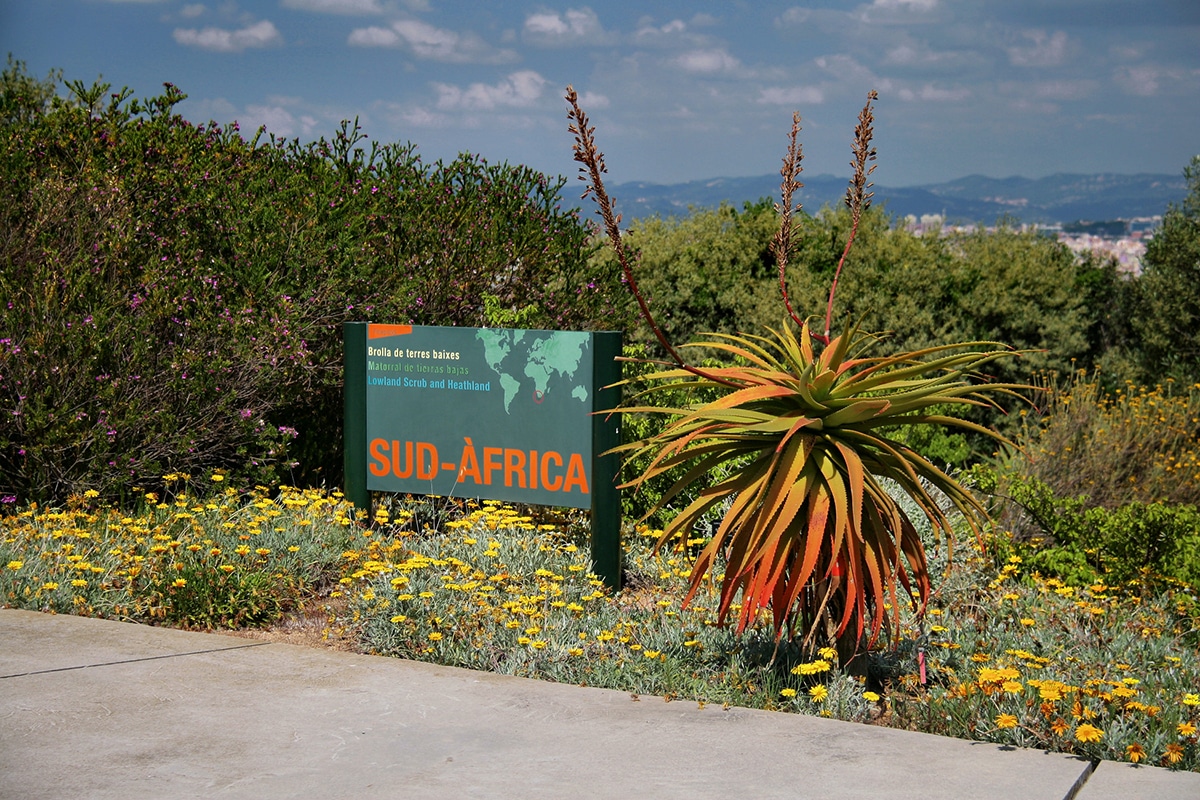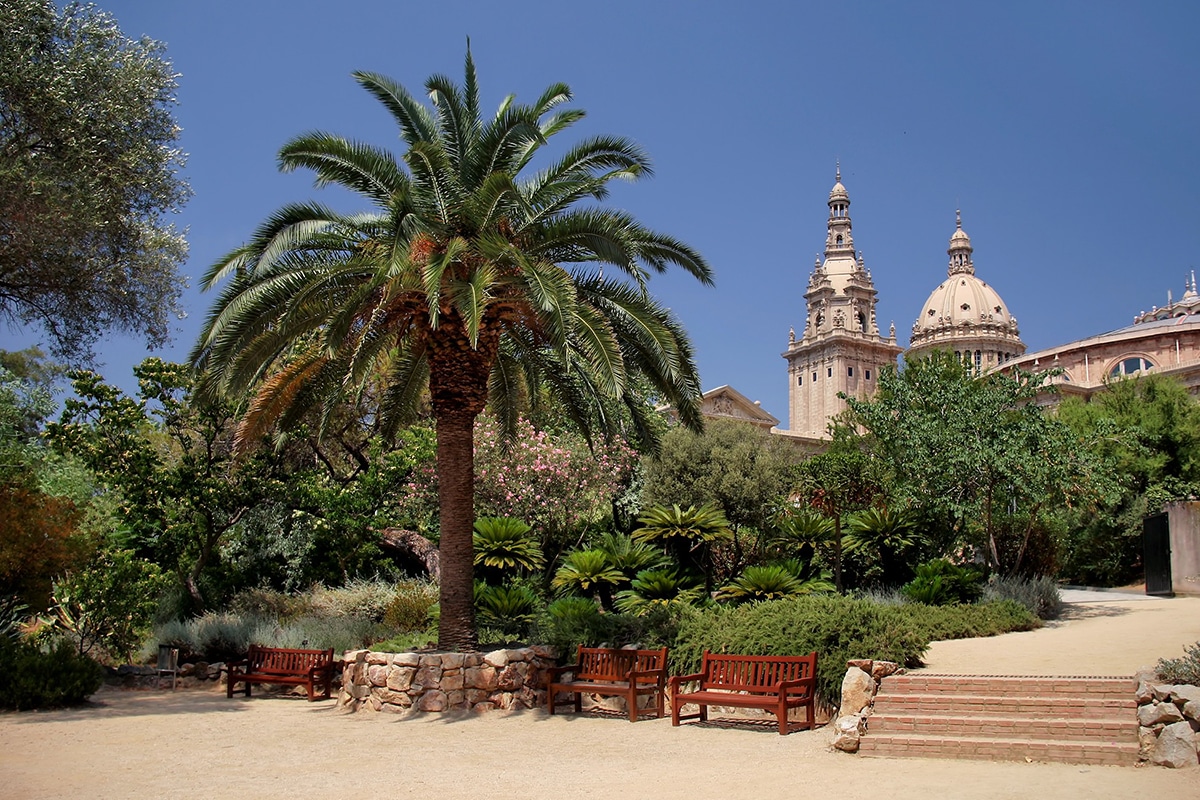
One of the most touristic cities in Spain is, without a doubt, Barcelona. And it is not surprising, since it offers all kinds of entertainment: beach, mountains, architecture, museums, history, art, culture, parties and much more. Even plant lovers do not fall short, because apart from the numerous beautiful parks and spectacular routes in the middle of nature in the surroundings, The Catalan capital also has the Barcelona Botanical Garden.
So that you can get an idea of what this impressive venue is like, we will talk a little about it and the different collections it houses. In addition, so that you already have all the necessary information, We will also comment on the schedule and entrance prices. So now you know: If you like botany and you happen to be in Barcelona, a mandatory stop is its beautiful botanical garden. I hope this information is useful to you!
What is the Barcelona Botanical Garden?

When we talk about the Barcelona Botanical Garden, or JBB for short, we are referring to a beautiful fourteen-hectare park located in Barcelona, the capital of Catalonia. Inside this enclosure is the IBB-CSIC (Botanical Institute of Barcelona). It is a mixed center that belongs to the Barcelona City Council and the Higher Council for Scientific Research (CSIC). The Barcelona Botanical Garden was inaugurated in 1999, specifically on April 18. It is located in Montjuic Park and has good access both by public transport and by car.
Inside the JBB we can find various collections that focus on vegetables from around the world from Mediterranean regions. Basically they are plants that need the typical climate of these areas to live. This implies long and dry summers, rains in autumn and spring and fairly mild winters.
It should be said that only 5% of the land surface of the entire planet meets these environmental conditions. A total of five regions in the world can be found where plants underwent a very specific evolution to adapt to Mediterranean environments, creating landscapes that are quite similar but different at the same time. In the Barcelona Botanical Garden, the plants are grouped according to these Mediterranean regions.
The collections
When visiting the JBB, we can access the various areas through paths. At the entrance are the Canary Islands, from which we can access the western Mediterranean, where the botanical institute is. Regarding the Northern Hemisphere, the most outstanding collection is the Mediterranean Basin. From there, following the path of the route, you will reach the coasts of California that have a Mediterranean climate. As for the southern hemisphere, we can take a walk through Mediterranean regions representative of southern Africa, Chile and the two Mediterranean areas of southern Australia. Let's see what kind of vegetables we can find in each collection:
- Canary Islands: Here we can not only enjoy spectacular palm trees, but also plants belonging to the Echium and euphorbia.
- Australia: This area is represented by an ancient forest in which eucalyptus, grevillae and banksias predominate. It should be noted that the JBB is well known in this sector for having a copy of Wollemia. It is a living fossil, of which very few remain today.
- South Africa: In this collection there are some trees such as erythrinas and acacias, as well as beautiful bright flowers such as gazania and fatty plants.
- North Africa: The most notable plants in this area are the cedars and the arganials.
- California: Here we can find some forest formations of various varieties, such as oaks, cypresses, American pines and redwoods. In the semi-arid zones there are beautiful agave y yuccas.
- Chile: This area is populated with plants from dry coastal shores, especially San Pedro cacti and puyas.
- The Western Mediterranean: In this collection, the Chaparral stands out, which has various lipped, compound and aromatic plants.
- The Eastern Mediterranean: A space in which steppes and forests with brooms and various composite plants predominate.
Barcelona Botanical Garden: Prices and opening hours

If you are considering going to visit this beautiful space located in the Catalan capital, it is important that you take into account its schedule. Let's see how it is:
- Every day of November, December and January: From 10:00 p.m. to 17:00 p.m.
- Every day of February and March: From 10:00 p.m. to 18:00 p.m.
- Every day of April, May, September and October: From 10:00 p.m. to 19:00 p.m.
- Every day of June, July and August: From 10:00 p.m. to 20:00 p.m.
It is important to note that entry is not allowed half an hour before the park closes. In addition, on January 1, May 1, June 24 and December 25, the Barcelona Botanical Garden is closed.
Pricing
It should also be noted that you must pay to enter this beautiful green space. However, there are some specific days when it is completely free. Below we will list the prices and free entry days:
- Normal entrance to the garden, including the temporary exhibition: €5
- Reduced admission to the garden, including the temporary exhibition: €2,50
- Normal combined ticket for the Museum of Natural Sciences with the Botanical Garden: €10
- Reduced combined ticket for the Museum of Natural Sciences with the Botanical Garden: €3,50
- Combined ticket for Montjuic Castle with the Botanical Garden: €7
To visit only the Barcelona Botanical Garden for free, we can go every first Sunday of the month throughout the day or every Sunday of the year, but from 15:00 p.m. In addition, on some holidays the entrance is also free. They are the following:
- Festivities of Santa Eulalia: February 12 and 13
- International Museum Days: May 18
- La Mercè: September 24
Now you have all the information you need to visit this beautiful park in the Catalan capital. If you live around there or are on vacation, I recommend that you dedicate a day to the Barcelona Botanical Garden. It is a visit that is well worth it, at least for lovers of plants and nature.